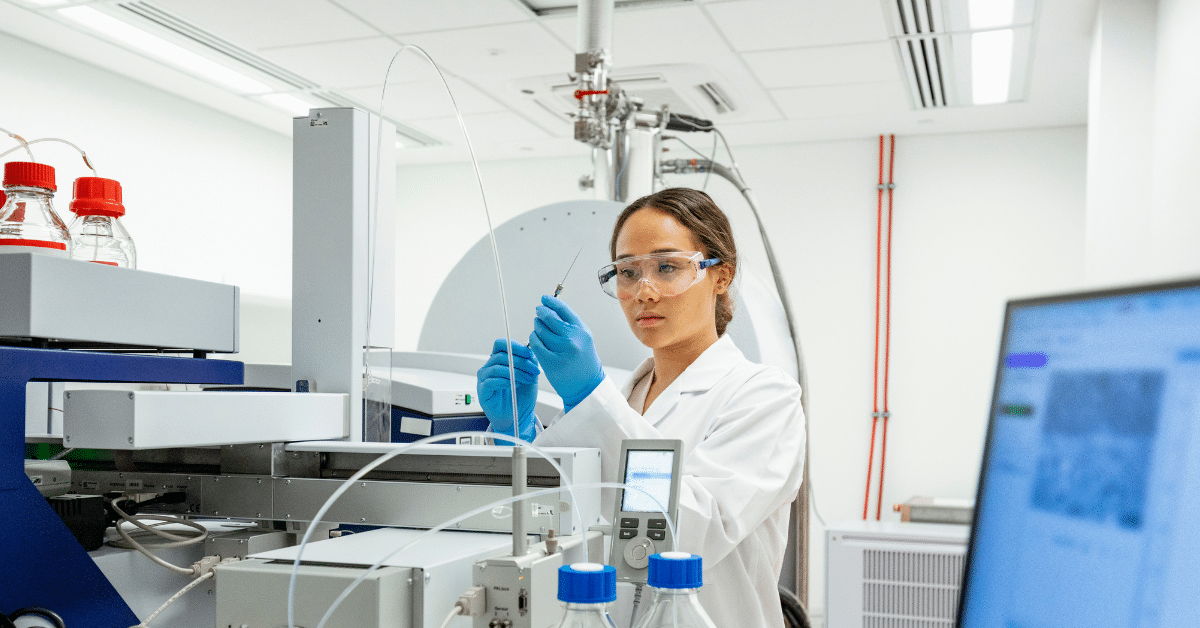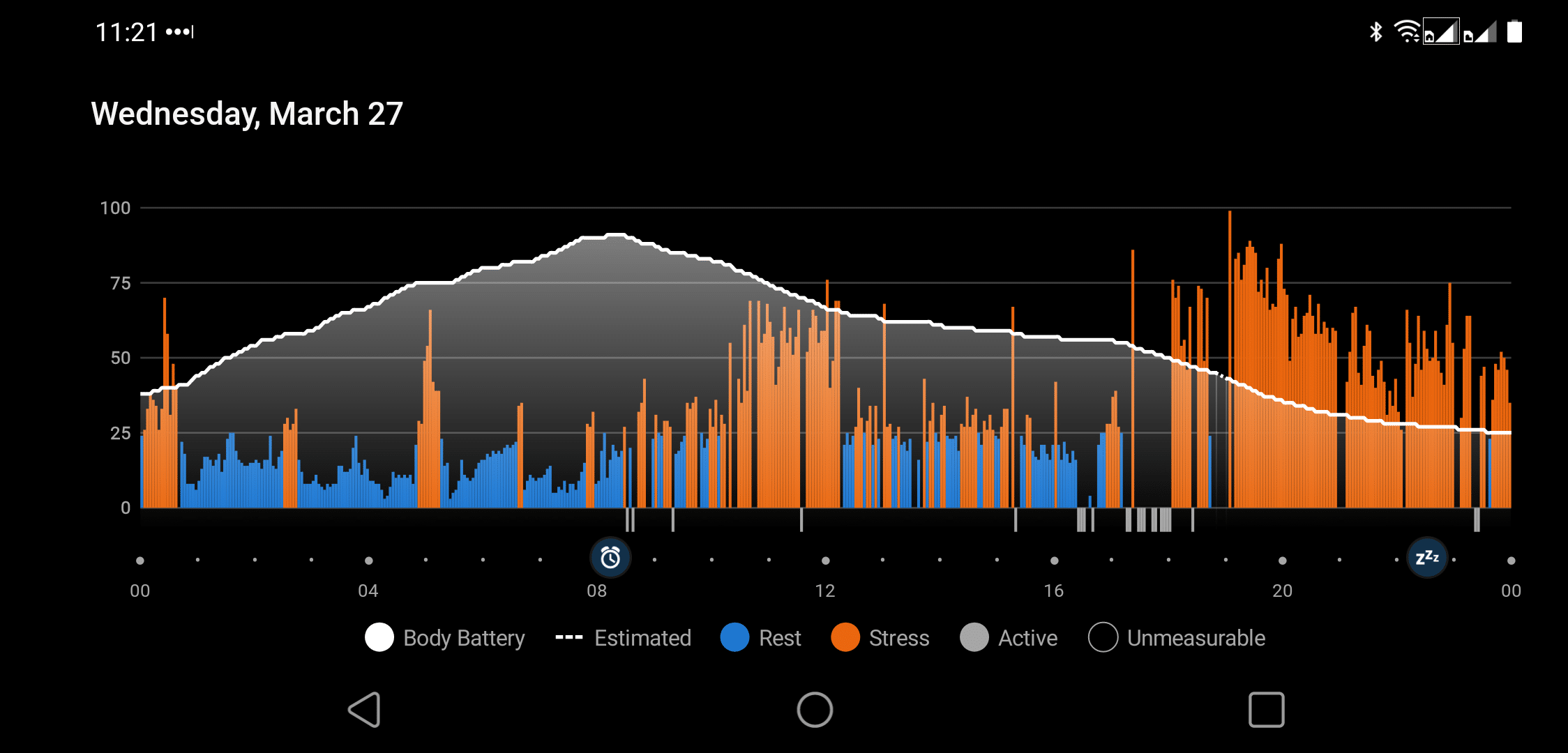The Galaxy Watch integrates advanced bioelectrical impedance analysis (BIA) technology, offering users a sophisticated tool to monitor body composition—fat mass, muscle mass, and body water 1. This feature exemplifies the watch’s commitment to fostering health and wellness by providing critical data for personal health management.
What is the BioActive Sensor in the Galaxy Watch?
The BioActive Sensor in the Galaxy Watch is an integrated feature that measures body composition, including body fat percentage, skeletal muscle, heart rate, and blood oxygen levels. It utilizes bioelectrical impedance analysis (BIA) and optical heart rate monitoring to provide health and wellness insights.
Maximizing Your Galaxy Watch BIA Sensor
- Setting Up accurately: Ensure proper fit and personal data entry for precise measurements.
- Optimal Timing: Measure consistently, ideally in the morning, for reliable data.
- Ensuring Hydration: Stay well-hydrated for improved sensor accuracy, but avoid drinking immediately before measurements.
- Interpreting Results: Use the Samsung Health app to track and analyze your body composition over time.
- Integrating Data: Combine BIA measurements with other Galaxy Watch health features for a holistic health overview.
- Maintaining Perspective: Focus on trends rather than absolute numbers to guide wellness choices.
Understanding Bioelectrical Impedance Analysis
Bioelectrical Impedance Analysis (BIA) might sound like the secret weapon of a Bond villain, but it’s your ally in the quest for health and wellness. This neat piece of technology measures body composition by the millisecond, differentiating between muscle, fat, and water with the finesse of a Michelin-star chef filleting a fish.
By sending a tiny electrical current through your body (don’t worry, you won’t feel a thing), the Galaxy Watch can quickly assess your body fat percentage, skeletal muscle, and water. Why is this important?
Knowing your body composition gives you the power to tailor your fitness and nutrition plan with surgical precision, cutting through the noise of generic advice to find what works for your unique physique. Tracking these numbers over time can be as satisfying as watching your savings account grow—every little improvement is a step toward your health goals.
Setting Up Your Galaxy Watch BIA Sensor
Let’s get down to brass tacks: setting up your Galaxy Watch’s BIA sensor. The setup process is as painless as popping bubble wrap. First, make sure your watch is snugly wrapped around your wrist—too loose, and you might as well be measuring the air; too tight, and you’re cutting off your circulation.
Disclosure: Some of the links in this article may be affiliate links, which can compensate me at no cost if you decide to purchase. This will help grow this site and help more people. Thank you for making a difference!
Then, introduce yourself to the body composition measurement feature on your smartwatch. It will ask you for personal details (weight, height, gender)—and honesty is the best policy here. Fudging the numbers will only lead you astray on your health journey.
With the preliminaries out of the way, it’s showtime. Hit measure, assume the position—arms slightly away from your body—and voila! The Galaxy Watch works magic, giving you insights into your body composition.
Accurately Measuring Body Composition
To wield the full power of the BIA sensor in your Galaxy Watch, approach each measurement with the consistency of a ritual. Timing is everything—pick a consistent slot in your day, preferably in the morning after your bathroom routine but before breakfast invades your belly. This reduces variability caused by meals, hydration levels, and exercise.
Speaking of hydration, being properly hydrated improves your body’s conductivity, hence the accuracy of your body composition measurements—but don’t chug a liter of water right before. That’s like throwing a wrench in the works.
It’s about the bigger picture—over time, these measurements sketch a portrait of your health journey, giving you and your healthcare provider a baseline to work from. They are not meant to replace professional advice but to complement it.
Bridging the Accuracy Gap in BIA Measurements
Now, let’s tackle the towering skepticism around the accuracy of BIA measurements from a gadget that could ping you about an upcoming meeting. It’s true; your Galaxy Watch is no lab technician. Yet, technological strides have surged forward, closing the gap between professional equipment and your wrist-worn wizard.
While it may not match the precision of medical-grade devices, the BIA sensor within your Galaxy Watch is a testament to consumer health technology’s potential. Think of it as having a health monitor in your corner, offering insights that, while not clinically diagnostic, are incredibly valuable for tracking trends and making lifestyle adjustments.
| Feature | Traditional Scale | Galaxy Watch BIA Sensor |
|---|---|---|
| Body Fat Percentage | Limited Accuracy | Highly Detailed |
| Skeletal Muscle Measurements | Not Available | Detailed Analysis |
| Hydration Levels | Not Available | Monitored |
| Heart Rate | Not Available | Continuous Monitoring |
| Overall Health Insight | Minimal | Comprehensive |
Personal Thoughts
In my quest to manage stress, the Galaxy Watch’s BIA sensor has offered an interesting perspective on how physical health intertwines with mental tranquility. It’s been enlightening to see how variations in body composition can reflect my stress levels, reminding me that the quest for balance is both mental and physical.
Although not a silver bullet, using this technology has contributed to a broader strategy of stress management that involves being mindful of my physical health. It’s a tool that, when combined with other methods, aids in the holistic approach I advocate for on my website and courses.
Frequently Asked Questions
How does the Galaxy Watch’s BIA sensor measure body composition?
The BIA sensor in the Galaxy Watch measures body composition by sending a low-level electrical current through the body. The resistance to this current varies between different types of tissues, such as fat, muscle, and water, allowing the device to calculate percentages of fat mass and skeletal muscle.
Can the Galaxy Watch BIA sensor monitor changes in body composition over time?
Yes, the Galaxy Watch’s BIA sensor can track changes in body composition over time. Users can regularly measure their body fat percentage, skeletal muscle, and other metrics. This data is compiled in the Samsung Health app, allowing users to monitor trends and assess the impact of their lifestyle changes.
Is the BIA sensor in the Galaxy Watch accurate in measuring body fat?
The accuracy of the BIA sensor in the Galaxy Watch for measuring body fat can vary based on factors like hydration level and skin temperature. Still, it is generally considered a useful tool for tracking changes over time rather than providing absolute precision compared to medical-grade devices.
How should one prepare for a body composition measurement with the Galaxy Watch?
To prepare for a body composition measurement with the Galaxy Watch, ensure you are well-hydrated, avoid eating or drinking heavily 2-3 hours beforehand, and measure at the same time of day under similar conditions for consistency. Removing heavy clothing and jewelry can also improve measurement accuracy. This preparation helps obtain more consistent and reliable readings from the BIA sensor.




